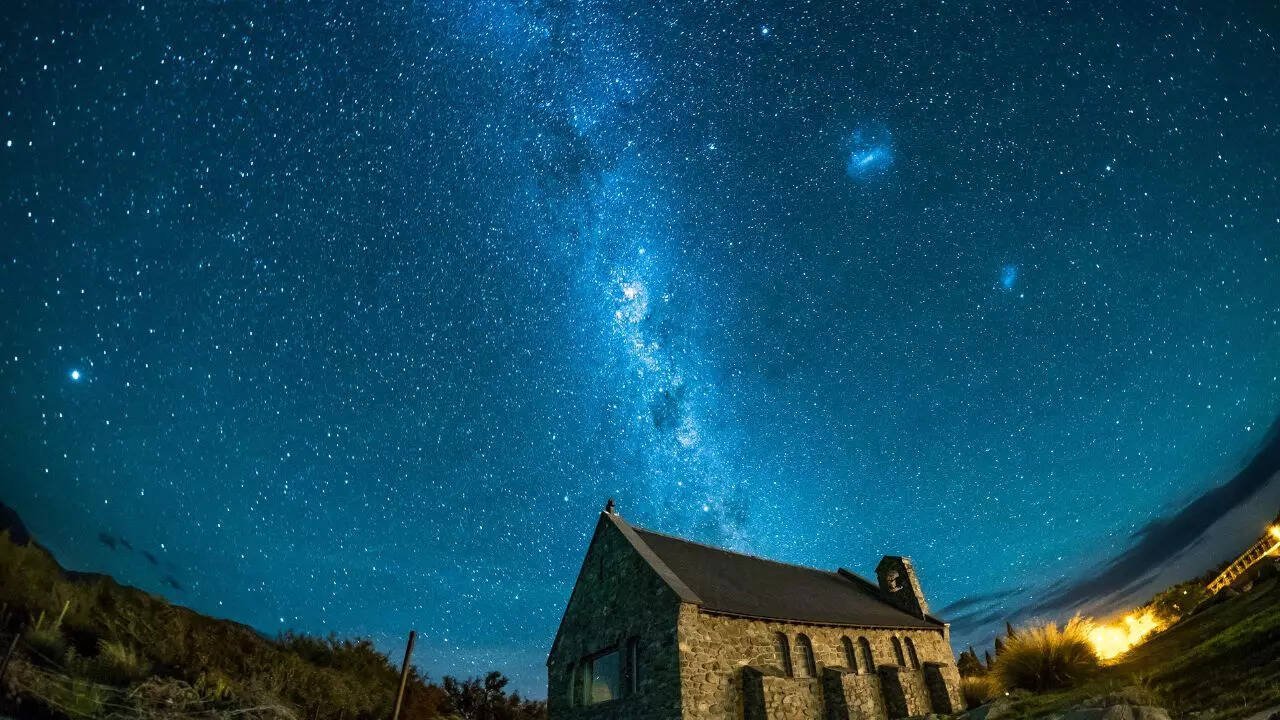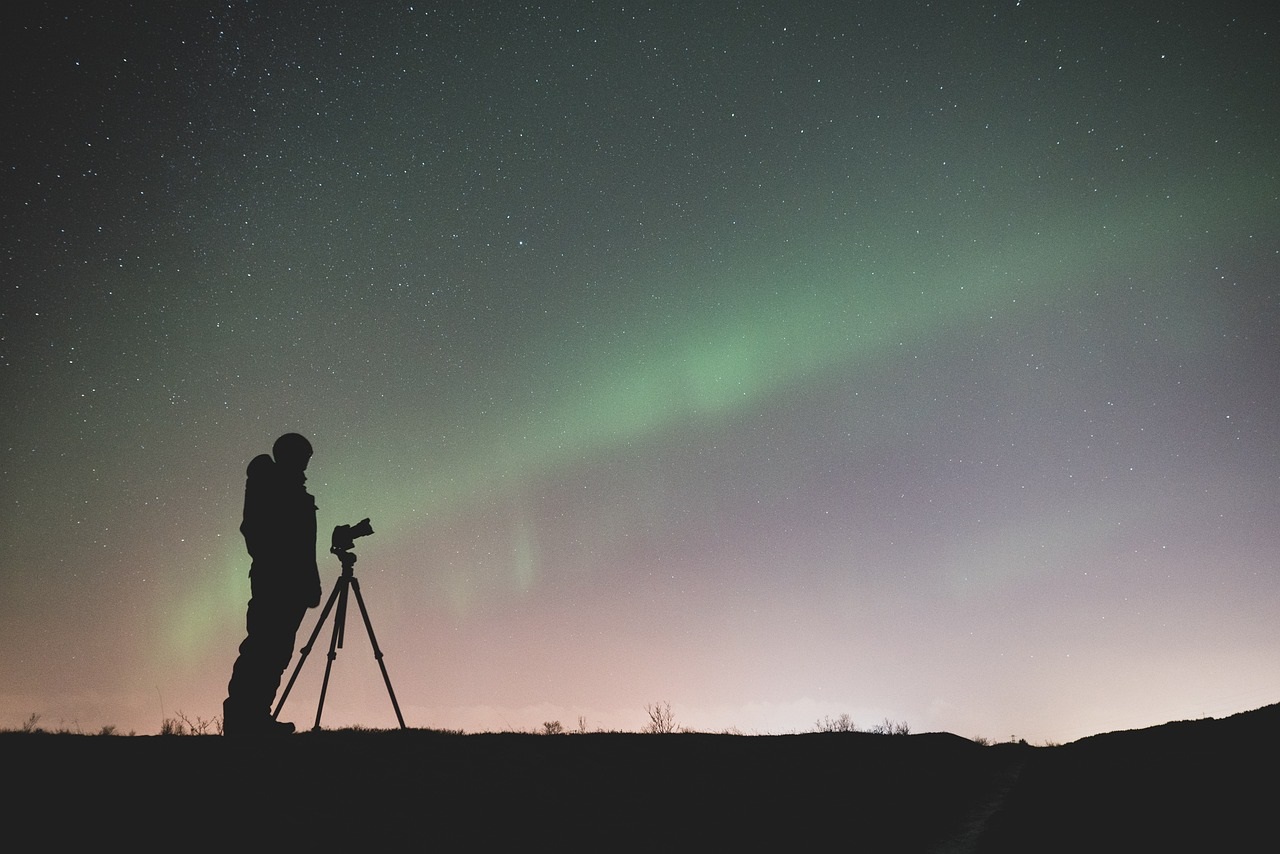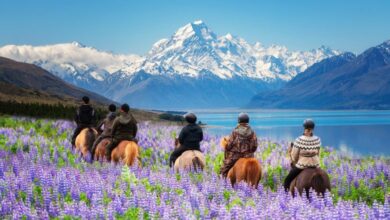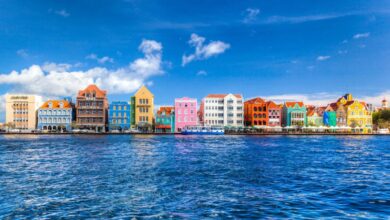The Strategic Rise of Nighttime Travel
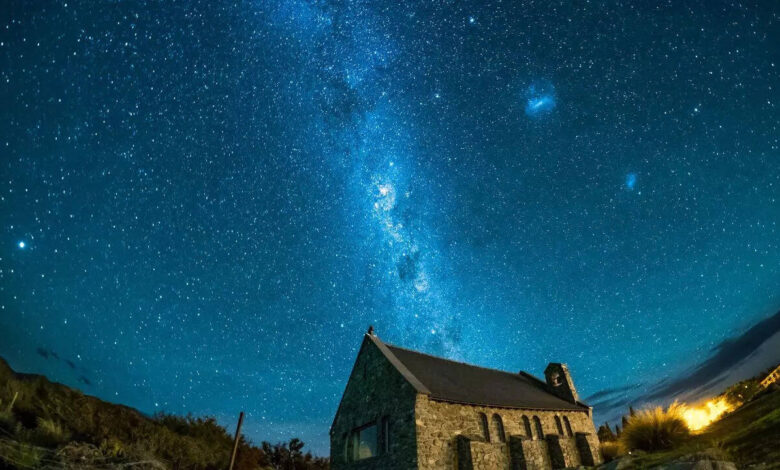
Introduction: The World After Dark Awakens
As global travel patterns evolve in response to changing lifestyles, economic pressures, and environmental awareness, a significant shift is emerging under the cover of darkness. Night travel—once primarily associated with red-eye flights and overnight trains—has transformed into a sophisticated travel strategy embraced by a growing cohort of savvy travelers. This movement represents more than mere transportation; it’s a deliberate approach to maximizing time, avoiding crowds, and experiencing destinations through an entirely different sensory lens. From overnight journeys that double as accommodation to moonlit cultural experiences that reveal a different side of famous cities, the nocturnal travel revolution is reshaping itineraries and challenging conventional travel wisdom. This comprehensive exploration examines the multifaceted drivers behind this trend, its practical advantages, and the emerging industry innovations catering to travelers who have discovered that some journeys are best taken when the sun goes down.
A. The Driving Forces Behind the Night Travel Movement
Several interconnected factors have converged to make nighttime travel an increasingly attractive option for modern explorers.
A.1. Economic Efficiency and Practical Advantages
In an era of heightened cost consciousness, night travel offers compelling financial benefits that extend beyond simple ticket prices.
-
Transportation-Accommodation Bundling: Overnight trains, buses, and ferries effectively combine transportation and lodging into a single expense, eliminating the need for a hotel night while simultaneously covering significant distance.
-
Off-Peak Pricing Structures: Airlines and rail operators frequently offer reduced fares for late-night departures, presenting substantial savings opportunities for budget-conscious travelers, particularly on popular routes.
-
Maximized Daylight Exploration: By traveling during sleeping hours, tourists effectively “create” additional daytime hours at their destination, allowing for more extensive exploration without extending their trip duration or using additional vacation days.
A.2. Circumventing Modern Travel Challenges
Night travel provides elegant solutions to several persistent pain points of contemporary tourism.
-
Avoiding Overtourism Pressures: Many popular destinations suffer from overwhelming daytime crowds. Night travel allows visitors to experience iconic sites during less congested evening hours or arrive early before daytime crowds descend.
-
Efficiency in Congested Transport Networks: Night journeys typically encounter fewer delays at airports and smoother transit through crowded airspace and rail corridors, leading to more predictable travel experiences.
-
Thermal Comfort in Warm Climates: Traveling during cooler nighttime hours presents significant advantages in hot regions, reducing discomfort and the health risks associated with extreme daytime temperatures.
A.3. The Allure of Unique Nocturnal Experiences
Beyond practical considerations, night travel offers aesthetic and cultural dimensions unavailable during daylight hours.
-
Atmospheric Transformations: Many destinations undergo dramatic visual transformations after dark, with illuminated architecture, vibrant night markets, and atmospheric lighting creating entirely different environments to explore.
-
Access to Exclusive Nighttime Activities: Certain cultural experiences—from moonlit temple visits to nocturnal wildlife safaris—are exclusively available after sunset, offering unique perspectives unavailable to daytime visitors.
-
Enhanced Sensory Engagement: Night travel often sharpens other senses as vision becomes less dominant, creating more immersive and memorable travel experiences through sounds, smells, and textures that go unnoticed during the day.
B. Modal Analysis: Night Travel Across Transportation Types
Different transportation modes offer distinct advantages for nighttime journeys, each catering to specific traveler needs and preferences.
B.1. Aviation: The Red-Eye Revolution
Overnight flights have evolved from a necessary inconvenience to a strategic travel choice.
-
Business Travel Optimization: Corporate travelers increasingly select overnight flights to maximize productive daytime hours at both origin and destination cities, effectively adding business days to compressed schedules.
-
Advanced Cabin Comfort Innovations: Airlines have responded to demand by enhancing overnight flight experiences with improved lie-flat business class seating, premium economy sections with extra legroom, and amenity kits specifically designed for nighttime comfort.
-
Strategic Airport Operations: Major hubs have adapted with extended food service, relaxation zones, and streamlined overnight transit procedures to accommodate the growing volume of night travelers.
B.2. Rail Travel: The Renaissance of Overnight Journeys
Rail transport has experienced a particular resurgence as an ideal medium for night travel.
-
Modernized Sleeper Accommodations: New-generation night trains feature updated cabin designs with enhanced soundproofing, improved bedding, private facilities, and secure luggage storage, elevating the overnight rail experience beyond nostalgic appeal.
-
Environmental Advantage: As sustainability concerns grow, night trains present an appealing low-carbon alternative to short-haul flights, particularly in Europe where new international night routes are continually emerging.
-
City-Center to City-Center Convenience: Unlike airports typically located far from urban cores, trains deliver travelers directly to city centers, facilitating early morning productivity or tourism without additional transfer time.
B.3. Intercity Buses and Ferries: The Budget-Friendly Alternatives
While often less glamorous, buses and ferries play crucial roles in the night travel ecosystem.
-
Economic Accessibility: Overnight buses remain the most budget-friendly option for long-distance night travel, with premium services offering enhanced seating and limited amenities.
-
Maritime Night Journeys: Overnight ferries, particularly in Scandinavia, Southeast Asia, and the Mediterranean, combine transportation with cruise-like amenities, including cabins, restaurants, and entertainment options.
C. The Global Landscape: Night Travel Hotspots and Innovations
Certain regions and destinations have emerged as pioneers in nighttime travel infrastructure and experiences.
C.1. European Night Network Expansion
Europe leads in developing sophisticated overnight rail networks that connect major cities across national borders.
-
Austrian Railways (ÖBB) Nightjet: This pioneering service has expanded dramatically, connecting cities across Austria, Germany, Switzerland, Italy, Belgium, and the Netherlands with modern comfort-focused sleeper trains.
-
Scandinavian Night Train Services: Sweden and Norway operate extensive overnight routes through Arctic landscapes, offering unique opportunities to witness phenomena like the Northern Lights during winter months.
-
Renewed International Connections: New services connecting Paris to Vienna, Zurich to Amsterdam, and Berlin to Brussels demonstrate the continent’s commitment to night rail as a sustainable travel solution.
C.2. Asian Overnight Travel Innovations
Asian countries have developed distinctive night travel cultures blending tradition with modernity.
-
Japanese Overnight Infrastructure: Japan’s extensive network of night buses and still-operational sleeper trains provides comprehensive coverage with renowned punctuality and cleanliness standards.
-
Southeast Asian Night Travel Economy: The region’s popular overnight buses and trains cater heavily to tourist traffic, featuring increasingly sophisticated amenities like individual entertainment systems and reclining seats.
-
Indian Railway Sleeper Network: Operating one of the world’s most extensive overnight rail systems, India offers multiple classes of sleeper service that function as a moving hotel for millions of passengers nightly.
C.3. North American Night Travel Niche
While less developed than other regions, North America maintains strategic overnight options.
-
Amtrak’s Long-Distance Routes: Services like the California Zephyr and Empire Builder offer classic overnight rail journeys through spectacular scenery, primarily catering to the tourism market rather than business travel.
-
Regional Red-Eye Flight Networks: The continent’s extensive domestic red-eye network, particularly on transcontinental and east-west routes, serves primarily as a business travel tool.
D. Practical Considerations for Night Travelers
Successful night travel requires specialized preparation and strategy distinct from daytime journeys.
D.1. Strategic Planning and Preparation
Thoughtful advance planning significantly enhances the overnight travel experience.
-
Selecting the Right Accommodation Level: Different service classes dramatically impact sleep quality. Travelers should carefully consider their needs when choosing between seated, couchette, or full sleeper accommodations.
-
Packing Strategy: A dedicated overnight kit should include earplugs, sleep mask, hydration supplies, comfortable clothing, essential toiletries, and any preferred sleep aids.
-
Digital Detox Protocol: Limiting screen time before and during night journeys can significantly improve sleep quality, making devices with blue light filters or old-fashioned books preferable entertainment choices.
D.2. Health and Wellness Management
Maintaining well-being during overnight journeys requires specific attention.
-
Circadian Rhythm Optimization: Strategic light exposure, melatonin supplementation, and careful caffeine management can help travelers adapt more effectively to overnight schedules.
-
Nutrition and Hydration: Avoiding heavy meals and alcohol before and during travel, while maintaining water intake, significantly impacts sleep quality and next-day alertness.
-
Post-Arrival Recovery Planning: Successful night travelers schedule lighter activities for arrival days, research early hotel check-in options, or identify day-use facilities to refresh before beginning full exploration.
D.3. Safety and Security Protocols
Night travel presents unique safety considerations that warrant specific preparations.
-
Document and Valuables Security: Enhanced security measures for passports, money, and electronics are crucial during overnight journeys when travelers are most vulnerable.
-
Situational Awareness Development: Maintaining awareness of surroundings during nighttime arrivals and departures requires additional attention, particularly in unfamiliar destinations.
-
Communication Planning: Establishing check-in protocols with contacts at home provides an additional safety layer during overnight transit.
E. The Future of Night Travel: Trends and Innovations
The nighttime travel movement continues to evolve with emerging technologies and changing consumer preferences.
E.1. Technological Enhancements
Innovation focuses on improving the comfort and efficiency of overnight journeys.
-
Booking Platform Integration: Emerging digital platforms specialize in comparing and bundling overnight transportation with related services like early hotel check-in or day-use facilities.
-
Comfort Technology: Transportation providers are integrating individual climate control, white noise systems, and advanced seating ergonomics to enhance sleep quality during journeys.
-
Digital Concierge Services: Apps providing real-time journey updates, destination information upon arrival, and seamless connection planning are becoming standard expectations.
E.2. Sustainability Integration
The environmental advantages of night travel are becoming central to its value proposition.
-
Carbon Footprint Transparency: Operators increasingly provide passengers with specific data about emissions saved by choosing night trains versus flights, strengthening the environmental case for overnight rail.
-
Modal Integration: Cities are developing better coordination between overnight arrivals and early morning public transportation options to create complete sustainable journey solutions.
-
Green Certification: Night transportation services are increasingly pursuing sustainability certifications that appeal to environmentally conscious travelers.
E.3. Experience Evolution
The future points toward more sophisticated and diverse overnight travel products.
-
Premium Experience Proliferation: Beyond basic transportation, luxury overnight journeys are emerging as tourism products themselves, with enhanced amenities, curated dining, and exclusive experiences.
-
Micro-Route Development: As major corridors become saturated, operators are developing overnight options for shorter distances previously considered unsuitable for night travel.
-
Cultural Programming Integration: Some services now incorporate destination-specific cultural elements, local food and beverage offerings, and educational programming to transform travel time into an extension of the tourism experience.
Conclusion: Embracing the Dark Hours
The rising popularity of night travel represents far more than a temporary market fluctuation—it signals a fundamental maturation in how travelers optimize their journeys in an increasingly connected yet time-poor world. This movement successfully addresses multiple contemporary concerns: maximizing limited vacation time, reducing environmental impact, avoiding overcrowding, and discovering new dimensions of familiar destinations. As transportation providers continue to innovate in response to this demand, night travel will likely shed its last associations with inconvenience and emerge as a preferred choice for discerning travelers worldwide. The darkness that once limited movement has become a canvas for more efficient, sustainable, and memorable journeys—proving that sometimes the best way to move forward is to travel through the night.
Tags: night travel, overnight trains, red-eye flights, sustainable travel, travel efficiency, sleep tourism, transportation, travel planning, night tourism, budget travel, business travel, circadian rhythm travel

